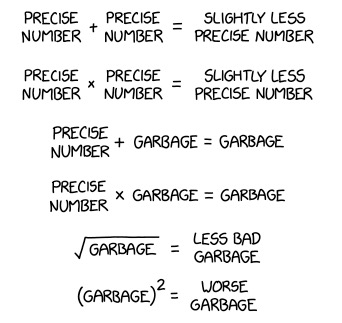Search by topic:

Many if not most marketers, approach metrics that seek to increase their accountability with about the same enthusiasm they would approach a snake of unknown species in their backyard.
Warily.
The default has become a range of numbers that might look useful, are ‘saleable’ in the corner office, but usually do little to hold marketers genuinely accountable for the outcomes of the decisions they make.
The most common I have seen are:
Charles Goodhart, a professor at the London School of economics proposed what has become known as Goodhart’s law: ‘When a measure becomes a target, it ceases to be a good measure’
The implication is that you need two opposing measures that drive the outcome you are looking for to use as KPI’s.
For example: We all know that the best lead is one we get from a satisfied customer, a referral. Therefore, it is easy to set as an objective the number of referrals given. Unfortunately, this is very easy to ‘game’.
Sales people are able to just extract any old name from customers, to reach the number. Therefore, it follows that the KPI should be referrals that are converted into a sale. Better, that ensures that the referrals given are genuine. However, it is also flawed, by the simple fact that a conversion can happen for a number of reasons, including a below cost deal.
Therefore, the related KPI should be around the margin, or perhaps customer cash flow, something that reflects the profitability of converted referrals. This will ensure that the referrals are in fact worth having.
Developing KPI’s that are held across functions will improve the flow of information and resulting functional performance.
I refer to these as Tandem and Opposing KPI’s. For example:
Marketing is often accused of using garbage maths, fancy but meaningless clichés, and often they do. For credibility this must change.
It is not only marketing that overuses garbage metrics. It is just that marketing is an easier target than the accountants and engineers who have some numerical street cred and get away with it more often.
Having a simple set of cross functional metrics that go to the drivers of performance at any level, that are openly displayed, is a huge step towards performance improvement.
Header cartoon credit: xkcd. https://xkcd.com/2295/
Director, StrategyAudit